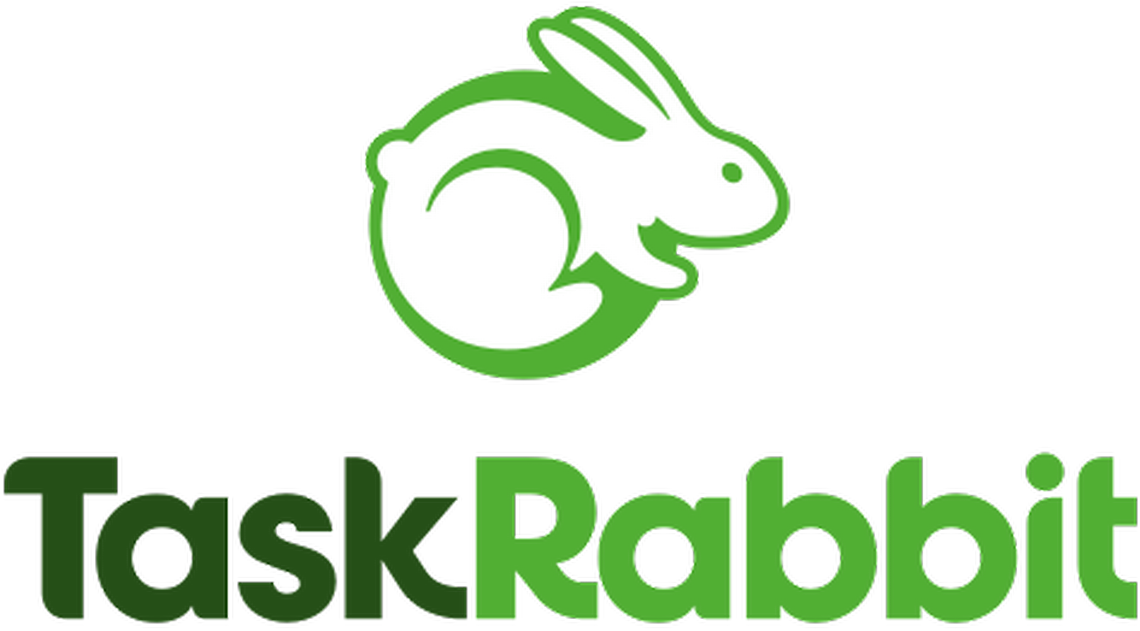
Besides a short daily meeting to discuss the sprint (a standup), there is also a retrospective meeting after the sprint to discuss challenges, see what went wrong, and discuss ways to make the process better. The “sprint” workflow is more dynamic and dependent on all parts of the team working together in order to be successful. Scrum Board tasks may have a due date of two weeks to completion, whereas a Kanban board may not have any identifiable due date for tasks. A sprint is a process where your team has a daily check-in and moves tasks from one column to another within a pre-defined period of time. Scrum BoardĪ Scrum Board tracks work in sprints. Teams usually meet once a week to check progress and to add new tasks or delete tasks from the board as they are completed. The flow of work is continuous and linear and completed in stages from the board. It also uses a Product Backlog (major tasks to be done) that has been prioritized ahead of time. It’s usually preferable over a Scrum Board when the teams are smaller, and roles and responsibilities are clearly identified. It’s a little more detailed than a Task Board and is much more flexible than a Scrum Board.
A Kanban usually asks: What are the major tasks (Product Backlog)? What tasks are we working on specifically (Tasks)? What stage is it at (Status)? Has it been completed (Done)? But you can also add project identifiers like Team Members and Roadblocks or Obstacles. Kanban BoardĪ Kanban board is another form of a Task Board but may add a column or two based on project need. Work is assigned, delivered, and new work is added to the process. Deadlines may or may not be implemented as part of the workflow. It’s simple, lacks detail, but visualizes the basic elements of a project. What is the difference between a Task Board, a Scrum Task Board, and a Kanban? Task BoardĪ Task Board is the precursor to a Scrum Board and a Kanban board. As assignments or tasks are completed, their entry on the board is moved to DONE and then removed from the board so that other tasks can be onboarded.

My mother kept a very simple task board on the refrigerator. It’s used as part of a business workflow methodology that relies on teamwork, clearly defined goals and objectives, and accountability. What is a Task Board?Ī Task Board is basically any flat surface that you can pin a marker (i.e., note, Post-It, index card) on for everyone in the room to see. Whether it’s three people or 30, a Task Board is your first step. And before you do that, you need a Task Board so that productivity isn’t “leaking” from your project. Although the deadline for the project hasn’t yet been formalized, you’re told you basically have a month to sort it out and get the project rolling.īefore you begin any project or decide to scale any project up or down, you need to visualize team members, key stakeholders, and objectives so that your project has clear goals and accountability across the table.

You’re in charge of a large project at work - but you’ve just been handed a list of problems with a supporting cast of various team members with different responsibilities.


 0 kommentar(er)
0 kommentar(er)
